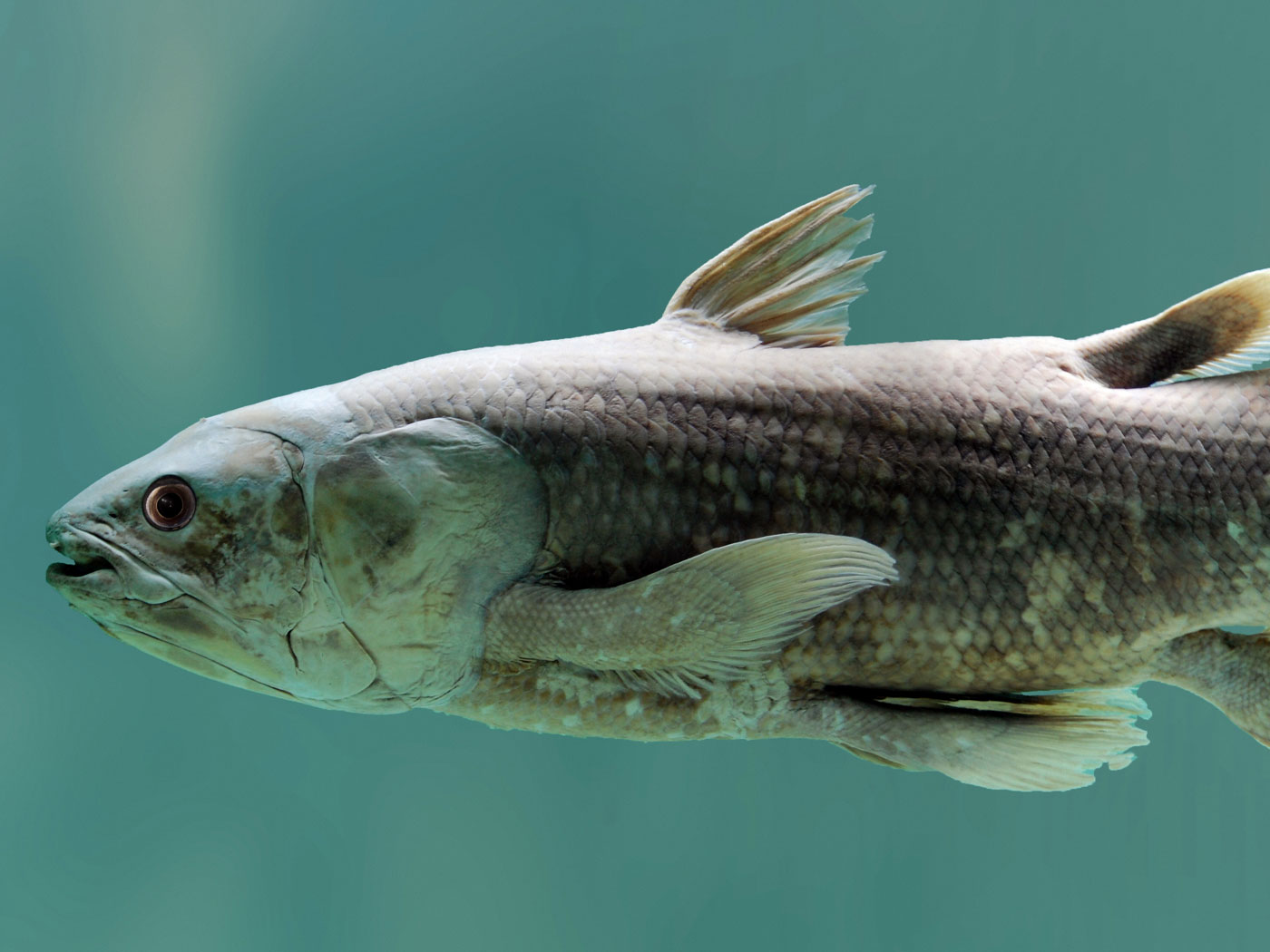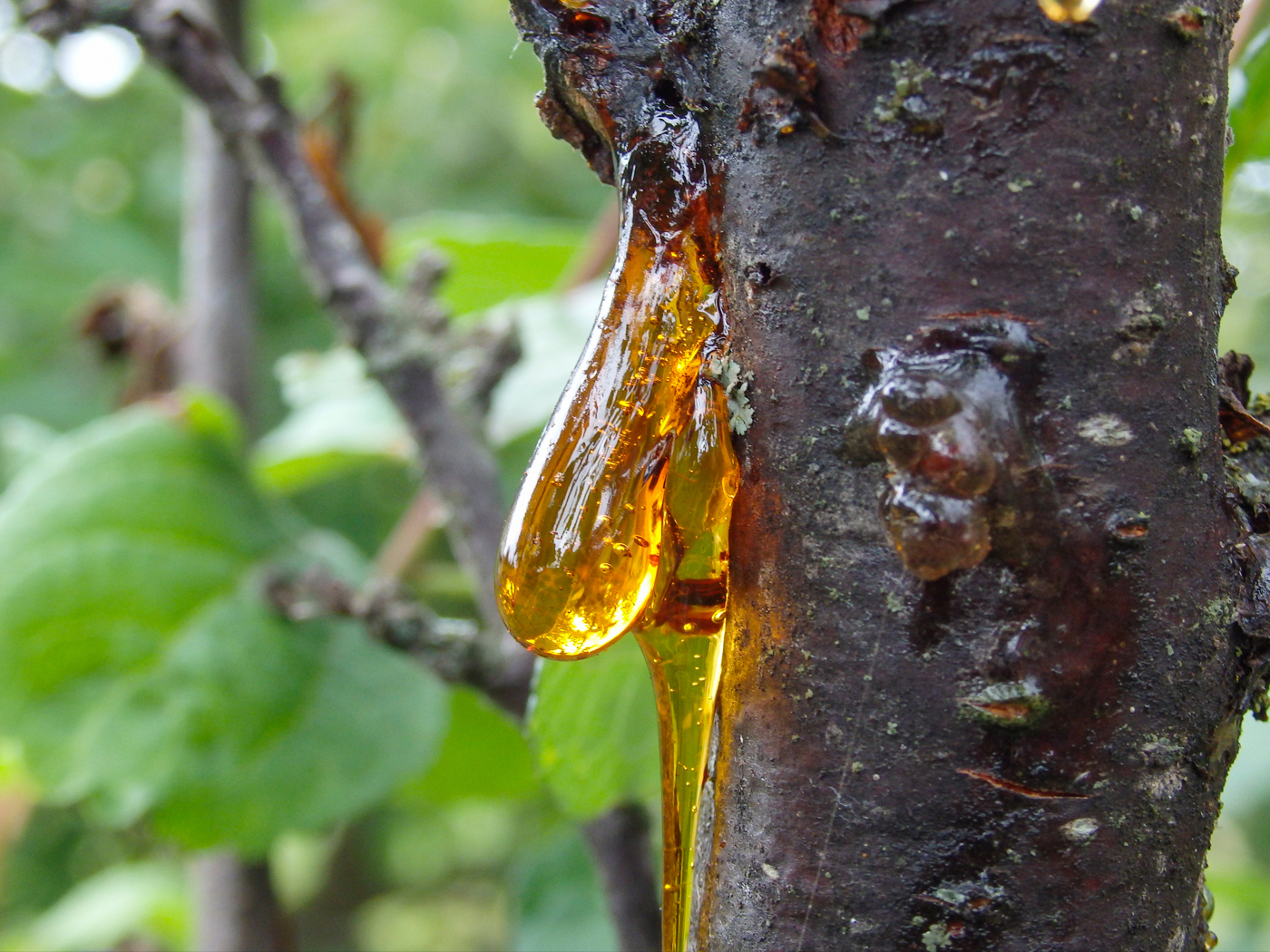Every year brings new scientific discoveries that shed light on the past. The Institute for Creation Research is dedicated to the study of origins from a biblical perspective, and ICR News has compiled what it considers to be the top findings related to origin studies from 2010. This article examines paleontology, and will be followed by features on breakthroughs in astronomy and the genome.
Feathers, Pigments, and Bone in Fossils
Like 2009, the year 2010 produced an array of studies on stunning soft tissues from fossils that are supposed to be millions of years old. The problem for evolutionary long ages is that soft tissues are known to decay quickly, within only thousands of years. And this problem only gets worse with each additional fossil tissue find.
For example, an extinct variety of penguin was found fossilized in South America, and its plumage was compared to that of modern varieties. The fact that this fossil still exhibited feather colors, and the reasonable assumption that the original penguin feather melanosomes should no longer exist after "36 million years," was not emphasized in the reports.1
Several fossils were analyzed in 2010 for specific proteins, even though proteins should no longer exist after having been encased in rocks for untold millions of years. For example, the iconic Archaeopteryx bird was shown to have original bone fragments and feathers, not just impressions left in the rock.2 Likewise, researchers found original carbon from dark pigment structures in a fossilized Sinosauropteryx dinosaur.3
Whole Insect, Skin, and Blood Residue Fossils
Some of the best-preserved fossils are those of insects entombed in amber. Amber forms very quickly from resins made by certain trees and is produced more copiously when those trees are damaged, as would occur in a catastrophe. Two major amber deposits were discovered in 2010, one in Australia and one in India. In both cases, the insects, animals, and plant parts trapped within showed very few signs of decay.4,5
A shrimp from Oklahoma was found in a rock layer and assigned an evolutionary age of over 300 million years, but it still had muscle tissue in its tail.6 The limestone in which it was buried most likely would have formed during the year-long Flood of Noah, and is thus only about 4,400 years old.
The fossil with perhaps the best-preserved original tissues was that of a mosasaur, an extinct marine reptile, found decades ago in Kansas but only described this year. It had mummified skin, original retinal material in its eye cavity, and decayed hemoglobin residue that was still colored red.7 This was followed by another mosasaur discovered in South Dakota with skin, cartilage connected to its bones, and original organic stomach contents.8
Conclusion
Based on how quickly animal bodies of known age have decayed, it is reasonable to conclude that certain organic structures such as pigments and pigment-containing melanosomes, collagen (skin and cartilage), keratin (feather) proteins, hemoglobin (blood) proteins, and muscle cells could resist decay for a few thousand years when encased in rock. But a few thousand years is nowhere near the massive time spans that evolutionary history requires.
This past year saw more reason to abandon the idea of millions-of-years evolutionary history in favor of the thousands-of-years framework testified by God's revealed Word.
References
- Thomas, B. Giant Penguin Feather Poses Problem for Long Ages. ICR News. Posted on icr.org October 19, 2010, accessed December 27, 2010.
- Thomas, B. Archaeopteryx Fossil Shows 'Striking' Tissue Preservation. ICR News. Posted on icr.org May 19, 2010, accessed December 28, 2010.
- Thomas, B. Feathered Dinosaur Debate Exhibits Young Earth Evidence. ICR News. Posted on icr.org February 8, 2010, accessed December 28, 2010.
- Thomas, B. Cache of Amber in India Looks Young. ICR News. Posted on icr.org November 5, 2010, accessed December 27, 2010.
- Thomas, B. Fantastic Australian Amber Supports Young World. ICR News. Posted on icr.org July 7, 2010, accessed December 27, 2010.
- Thomas, B. 'Remarkably Preserved' Shrimp Is 350 Million Years Old? ICR News. Posted on icr.org November 18, 2010, accessed December 27, 2010.
- Thomas, B. '80 Million-Year-Old' Mosasaur Fossil Has Soft Retina and Blood Residue. ICR News. Posted on icr.org August 20, 2010, accessed December 28, 2010.
- Thomas, B. How Long Can Cartilage Last? ICR News. Posted on icr.org October 29, 2010, accessed December 28, 2010.
* Mr. Thomas is Science Writer at the Institute for Creation Research.
Article posted on January 6, 2011.













